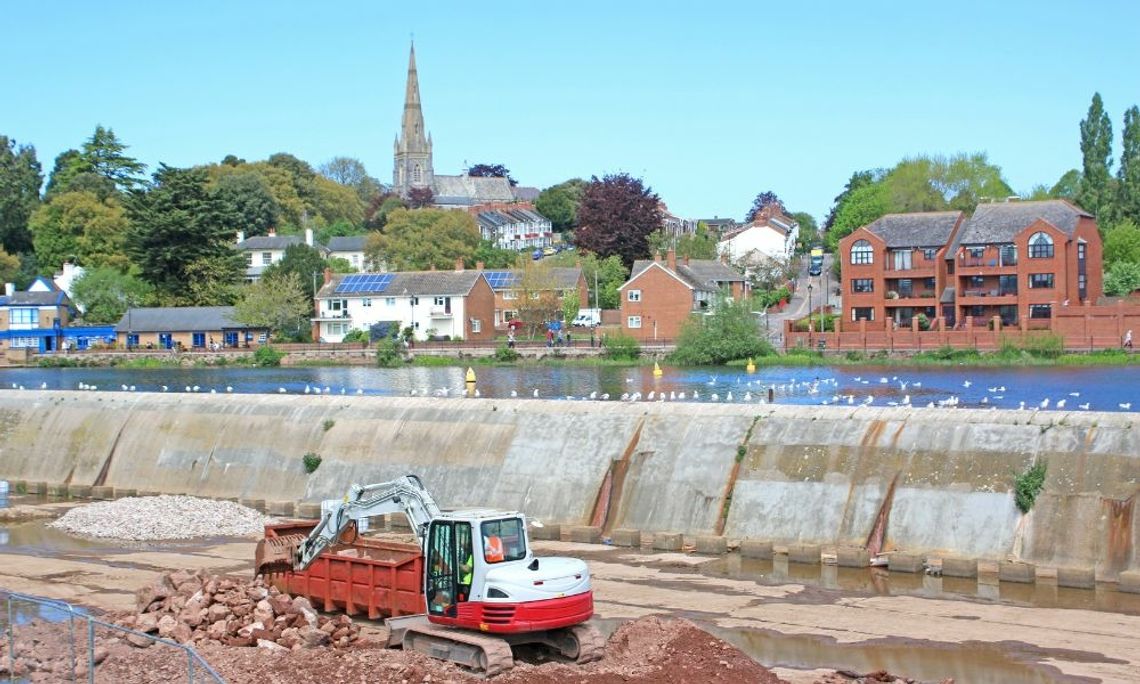As the oil and gas industry faces increasingly severe weather events and rising water levels, flood prevention has become a critical topic. By investing in effective equipment to treat current and future water damage, industry professionals can preserve valuable assets and reduce the risk of flooding. Learn more about how the oil and gas industry can improve flood prevention.
The Importance of Proper Equipment
Using effective equipment in flood prevention mitigates potential financial losses and helps maintain the industry’s reputation for safety. Relying on makeshift solutions or outdated equipment isn’t sufficient when it comes to staying ahead of flood risks. Instead, oil and gas professionals must invest in new tools to handle the unique challenges of floodwater damage.
Take, for example, high-volume water pumps. These devices are ideal for rapidly removing large amounts of water from flooded areas, enabling teams to quickly assess damage and begin necessary repairs. Choosing pumps with self-priming capabilities can save valuable time during floods when every minute counts.
Adapting to a Changing World
The world’s climate is changing, and with that change comes an increased frequency and severity of extreme weather events. In response, oil and gas professionals must adjust their perspectives and adopt a proactive approach to flood prevention. Taking preventative measures means investing in equipment to address current flooding concerns and seeking ways to reduce the risk of future flood events.
One way to achieve this goal is to erect flood barriers, which can go in locations with vulnerable infrastructure. These constructed barriers can be permanent or temporary, and they can use different materials, including metal, concrete, and even sandbags. The key is identifying and prioritizing highly at-risk areas to minimize the most damage.
Preparing for the Inevitable
Flood prevention is not just about having the right tools and strategies. Acquiring industry partners to help improve communication and collaboration is crucial. By regularly sharing information about flood risks, equipment advancements, and best practices, professionals can work together to form a unified front against the devastating effects of flooding.
Industry professionals must create comprehensive contingency plans to ensure that when floods do occur, workers can deploy response efforts. These plans should address immediate concerns such as water extraction, damage assessment, and long-term recovery efforts to restore operations and minimize downtime.
Protect the Future With Flood Prevention
The oil and gas industry plays a critical role in powering our world. As such, investing in effective flood prevention measures is essential to protect valuable resources and infrastructure. Oil and gas professionals can mitigate damage and minimize costly downtime by leveraging innovative flood prevention equipment and adopting a proactive, forward-thinking approach to flood risk management. In doing so, they can ensure the industry’s continued success and resilience in a rapidly changing world.


Comment
Comments